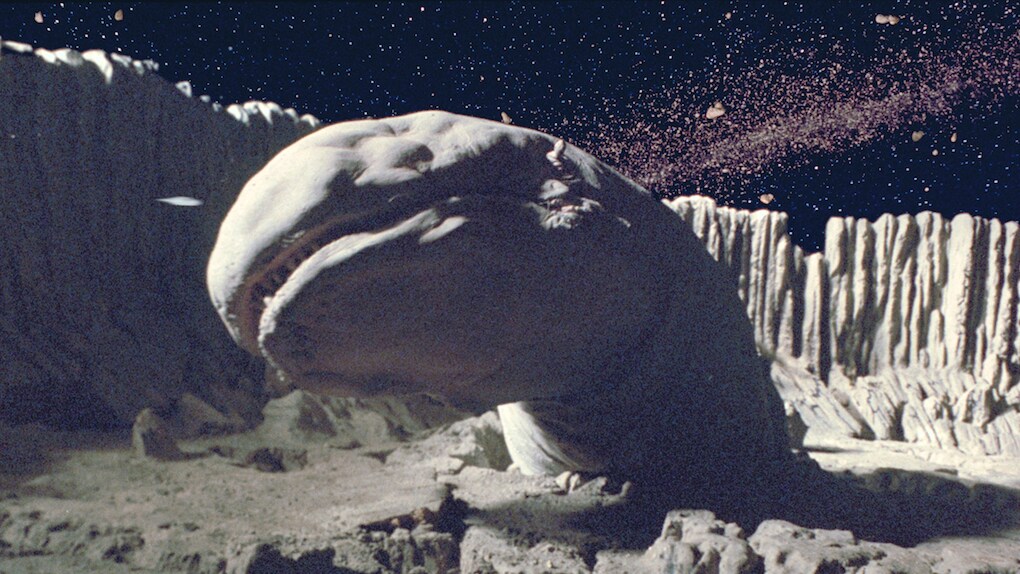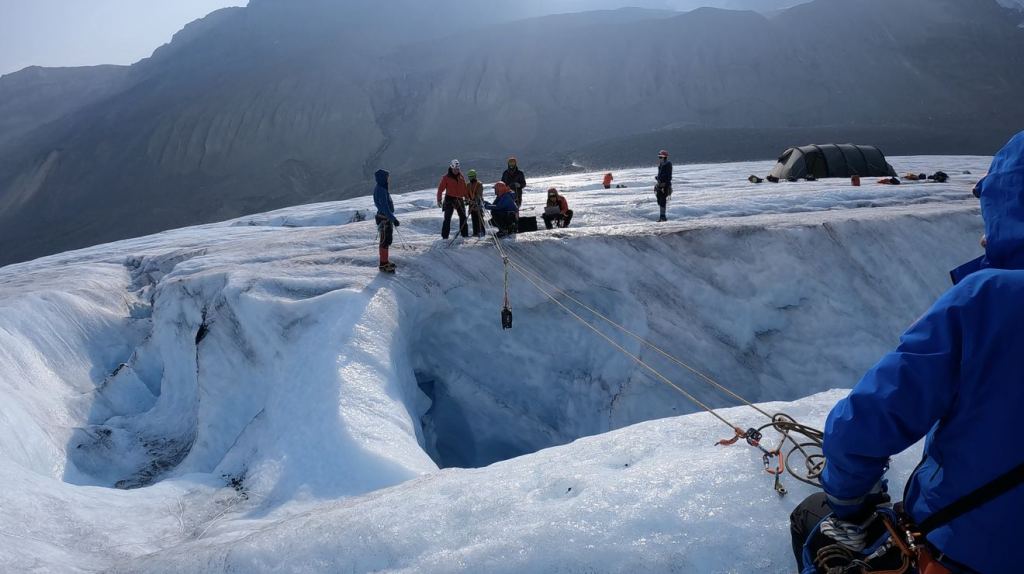Rovers have enabled some amazing explorations of other worlds like the Moon and Mars. However, rovers are limited by the terrain they can reach. To explore inaccessible terrain, NASA is testing a versatile snake-like robot that could crawl up steep slopes, slither across ice, and even slide into lava tubes. Called Exobiology Extant Life Surveyor (or EELS), this robot could cross different terrains and create a 3D map of its surrounding to autonomously pick its course, avoiding hazards to reach its destination.
“It has the capability to go to locations where other robots can’t go,” said Matthew Robinson from the Jet Propulsion Laboratory, who is the EELS project manager. “Though some robots are better at one particular type of terrain or other, the idea for EELS is the ability to do it all. When you’re going places where you don’t know what you’ll find, you want to send a versatile, risk-aware robot that’s prepared for uncertainty – and can make decisions on its own.”
The inspiration behind EELS was to create an autonomous explorer that would have the ability to look for signs of life in the ocean hiding below the icy crust of Saturn’s moon Enceladus. The EELS team choose the snake-like design so that their robot could descend into the narrow vents on Enceladus’ surface that spew geysers into space.
*Anyone else having a vision of the space slug in Star Wars: The Empire Strikes Back, the creature hiding in a cave in the Hoth asteroid belt that had the Millennium Falcon inside its gut?
 A space slug narrowly misses chomping on the Millenium Falcon in The Empire Strikes Back. Credit: Starwars.com.
A space slug narrowly misses chomping on the Millenium Falcon in The Empire Strikes Back. Credit: Starwars.com.They created their first prototype in 2019 and have been making continual revisions. The current iteration of the robot uses auger-like devices on the robot’s exterior to basically allow it to “churn” across the terrain. EELS’ body contains 48 actuators – essentially little motors – that give it the flexibility to assume multiple configurations. Each section has built-in force-torque sensing, working like a kind of skin so EELS can feel how much force it’s exerting on terrain. The team said that helps it to move vertically in narrow chutes with uneven surfaces, configuring itself to push against opposing walls at the same time like a rock climber.
To create the 3D map of its surroundings, EELS has four pairs of stereo cameras and lidar, which is similar to radar but employs short laser pulses instead of radio waves. The team created navigation algorithms so that EELS can take the lidar data and determine the safest path forward.
 The EELS team lowers the robot’s perception head – the segment with the cameras and lidar – into a vertical shaft called a moulin at Athabasca Glacier in the Canadian Rockies. Credit: NASA/JPL/Caltech.
The EELS team lowers the robot’s perception head – the segment with the cameras and lidar – into a vertical shaft called a moulin at Athabasca Glacier in the Canadian Rockies. Credit: NASA/JPL/Caltech.The EELS team has tested the robot in several different places, such as the Mars Yard at JPL — which simulates the Martian surface – as well as sandy and snowy environments in California, and even on ice at skating rink. And they’ve even tested in in an environment similar to the vents on Enceladus (or the cave on the Hoth asteroid). Last year, the EELS team lowered the robot’s perception head – the segment with the cameras and lidar – into a vertical shaft called a moulin at Athabasca Glacier in the Canadian Rockies. They’ll be returning there later this year for further testing.
The team feels they have now created a highly adaptable robot capable of exploring multiple terrains and say that EELS could pick a safe course through a wide variety of terrain on Earth, the Moon, and far beyond, including undulating sand and ice, cliff walls, craters too steep for rovers, underground lava tubes, and labyrinthine spaces within glaciers.
If EELS were exploring Enceladus, there would be about an hour and a half one-way delay time in communications between Earth and the robot, since Saturn is on average 890 million miles from Earth, and it takes around 83 minutes for radio waves to cross that distance at the speed of light. That’s why EELS needs to autonomously sense its environment, calculate risk, travel, and gather data. JPL says that if something goes wrong, the goal is for the robot to recover on its own, without human assistance.
“We have a different philosophy of robot development than traditional spacecraft, with many quick cycles of testing and correcting,” said Hiro Ono, EELS principal investigator at JPL. “There are dozens of textbooks about how to design a four-wheel vehicle, but there is no textbook about how to design an autonomous snake robot to boldly go where no robot has gone before. We have to write our own. That’s what we’re doing now.”

